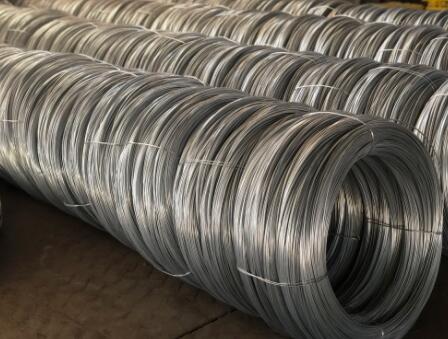Understanding Weld Mesh Cost Factors and Considerations
Weld mesh, a versatile and widely used product, has gained popularity across various industries due to its strength, durability, and adaptability. Often made from stainless steel, mild steel, or galvanized steel, weld mesh features a grid structure formed by welding intersecting wires together. It is commonly utilized in construction, agriculture, security, and horticulture, among other applications. However, when considering a purchase, understanding the costs associated with weld mesh is crucial for budgeting and project planning.
Factors Influencing Weld Mesh Cost
1. Material Type The type of material significantly influences the cost of weld mesh. Stainless steel, known for its corrosion resistance and longevity, is typically more expensive than mild steel or galvanized steel. The choice between these materials should align with the project's environmental conditions and durability requirements.
2. Wire Diameter The diameter of the wires used in the mesh affects both strength and cost. Thicker wires generally provide enhanced durability and load-bearing capacity but come at a higher price point. Conversely, thinner wires may reduce costs but could compromise the structural integrity for certain applications.
3. Mesh Size and Configuration Weld mesh is available in various mesh sizes—spacing between wires. A finer mesh, with smaller openings, often entails more work in manufacturing, which can increase costs. Additionally, customized sizes or unique configurations will generally lead to higher pricing due to the specialized production process.
4. Sheet Size Weld mesh is sold in different sheet sizes, and larger sheets can sometimes result in a more cost-effective purchase when calculating price per square meter. However, the size required for your project can influence overall costs, particularly if transportation and handling are considered.
5. Surface Treatments The inclusion of surface treatments can impact the price significantly. Options such as galvanization or powder coating enhance corrosion resistance and aesthetic appeal but add to the manufacturing costs. Therefore, when evaluating weld mesh prices, it’s important to consider whether these treatments are necessary for your application.
6. Volume of Purchase Bulk purchases of weld mesh usually come with discounted rates. If you are planning a large-scale project, sourcing a larger quantity might yield savings per unit, making it more economical in the long run. It’s essential to negotiate prices with suppliers to ensure you are getting the best deal possible.
weld mesh cost

7. Regional Pricing Variations The cost of weld mesh can vary based on geographical location due to transport costs, local demand, and availability of materials. It’s advisable to compare suppliers and potentially source from different regions if feasible to find competitive prices.
Additional Costs to Consider
In addition to the basic cost of weld mesh itself, several ancillary expenses should be factored into the overall budget
- Transportation and Logistics Shipping costs can substantially impact the total price, especially for larger quantities. Always consider the logistics center or warehouse location relative to the manufacturing facility.
- Installation Costs Depending on your project, there may be additional costs related to installation. If not handled in-house, hiring professionals can increase overall expenses.
- Maintenance While not an immediate upfront cost, factor in the long-term maintenance associated with different materials. Stainless steel, while initially more expensive, may save costs over time due to minimal upkeep.
Conclusion
When it comes to weld mesh, understanding the various factors influencing cost is essential for effective planning. By evaluating material types, wire diameters, mesh configurations, and additional expenses, buyers can make informed decisions that align with budgetary constraints while ensuring they meet their project requirements. Whether for construction, security, or agricultural purposes, investing time in understanding weld mesh costs will lead to better outcomes and satisfaction with the end product.

















